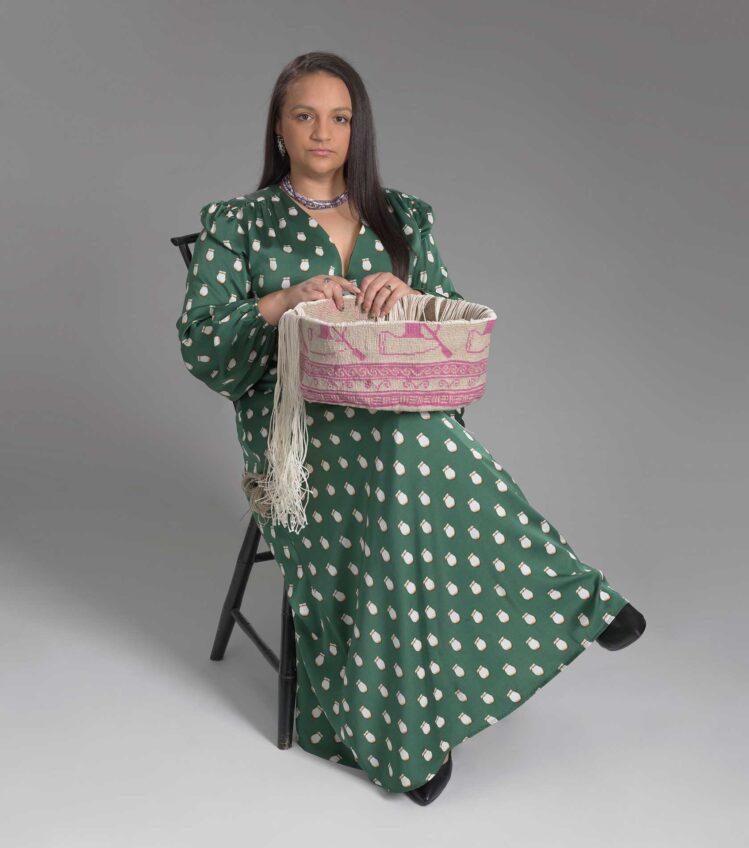Through May 5 at the Cooper Gallery, “Diago: The Pasts of This Afro-Cuban Present” confronts the Cuban racial narrative, rewriting history to include the slavery and shame the country has tried to forget. This is artist Juan Roberto Diago’s first retrospective, and first exhibit in the United States. Curated by Alejandro de la Fuente, director of the Afro-Latin American Research Institute at the Hutchins Center, the show is on display at the Ethelbert Cooper Gallery of African and African American Art.

Author: Photo: Courtesy Cooper Gallery“Mi Historia Es Tu Historia,”
The exhibit turns inward at a time when many Cuban artists are looking out.
The Cooper Gallery lends itself to an artist like Diago, who has worked with a vast array of media over his lifetime. The space is divided into different rooms and hallways, providing each style its own showcase. According to de la Fuente, the media variation wasn’t always a discretionary choice, but a necessity. “Some of his early works from the 1990s were made with the only materials he had available, construction materials,” says the curator.
A prime example is “Paisaje I” (Landscape I) which is painted on canvas with cement. The large piece shows tight geometric patterns mixed with chunky brushstrokes. Diago’s heavy Basquiat influence is clear in the graffiti-style triangles and squares. The organic and industrial worlds blend as one, with the grey cement tones diffusing the vibrancy of a natural landscape. In many ways this reflects the fate of African people in Cuba, their enslavement and the fact that racial violence inflicted on them is rarely included in the history of the country. Their history and identity was shoved quietly under the rug.
Mining poverty
Along with racial themes, Diago’s work delves into poverty and community. Having grown up in a dilapidated neighborhood, the artist is intimately familiar with urban poverty. “These are not Cuban issues,” says de la Fuente. “These are global issues. He’s not imagining these things, he has lived this.” The curator hopes this worldwide appeal will facilitate the exhibit’s travel.
Diago’s most striking interpretation of poverty is the installation “Ciudad Ascenso” (Ascending City). Black, charred looking pieces of wood are stacked in an ascending pyramid in the corner of the room. Pieces litter the floor and the whole structure appears unstable. But it is moving upwards. Wood block by wood block, struggle by struggle, the figurative ghettos of Cuba are striving for a better life. Through a translator, Diago explains that this piece will be the inspiration for his 2017 Venice Biennale submission. He plans to construct an entire ascending city made of these dark, modern wood blocks, against the backdrop of the ornate 16th century palace that will house the work. The contrast, he says, is crucial: You have opulence alongside the struggle to survive.
Though the exhibit contains heavy themes with a good deal of anger behind them, the ending note of “Ciudad” is hopeful. Greatness can be born from repression, violence and difficulty. “These poor neighborhoods teach you how to survive,” says Diago. “They teach you how a negative can become a positive. They teach you dignity and they teach you strength.”







